
How to set up your mobile app performance campaigns

In this article, we address the fundamentals of setting up a mobile performance campaign. We introduce the key processes and considerations required before you start investing your hard-earned marketing budget into your mobile strategy.
Mobile performance campaigns have evolved in recent years and not too long ago, marketers were restricted to buying media on a CPM (cost per 1,000 impressions) or CPC (cost per click) model, with lots of trial and error before managing to convert a user.
However, from the combination of technology evolving and the demand from advertisers, CPI (cost per install) was born, minimizing the risk advertisers took when buying media. Now we see an increasing number of technology suppliers selling their media even further down the funnel, allowing advertisers to access users who only take out an action within their app, this is brought on a CPA (cost per action) model.
These actions can include watching tutorial videos, reaching a level within your game, or even making a payment.
But does measuring your marketing campaign on a buying metric truly reflect the accuracy of a successful or unsuccessful campaign? What metrics should you be using as your key performance indicators (KPIs)? How do you translate your business goals into a marketing goal, what processes are needed to ensure you are setup for success?
A test-and-learn mentality should underpin everything you do, but before you plough ahead testing different bidding strategies, alternative networks, creative concepts, you must ensure all strategic tests fulfill your goals and business objectives.
Let’s get started.
Goal setting
Before you start any campaign, you must know what is expected from your paid media. In most cases, performance marketers want ROAS (return on ad spend) or to drive LTV (lifetime value), meaning for every dollar they put into the marketing budget, they expect to see a positive return from their investment.
It’s important for the app owner to understand the user journey within their own environment and have the ability to predict what users are likely to do when they trigger certain app events, ideally you’ll be able attribute physical values based on these behaviours. This knowledge will allow the advertiser to understand the value their paid media is driving for the business.
Funnel example:
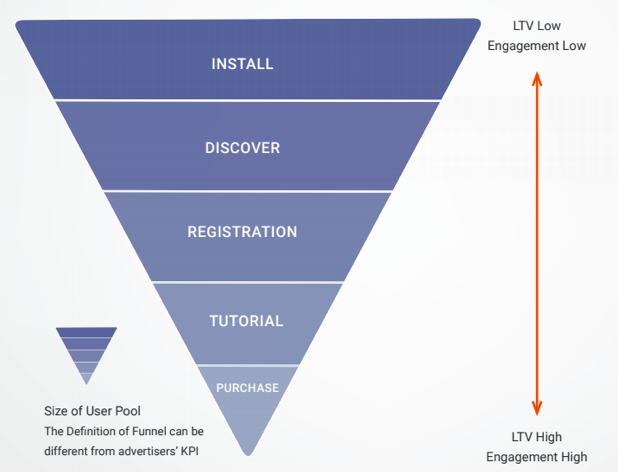
Applying these values makes it easier and more predictable to conduct your forecasting for media investment and ultimately will help optimize your campaign more efficiently to the more valuable business metrics.
Questions to consider
- What value can you attribute to different stages of the user journey within your app?
- If the CPI costs more but deliveries a higher ROAS, does it make sense to pay more for an install?
- Are you optimizing towards an install or a post-install app event?
Measurement solution
Before committing any mobile ad spend you must ensure you have a measurement partner in place. It is the heart of any mobile marketing tech stack.
Measurement partners like AppsFlyer are attribution and analytics platforms which enable advertisers to navigate the complex world of mobile. They allow for both a comprehensive level of measurement whilst providing a granular perspective of your campaign. This enables marketers to make more informed data led decisions, a key to any successful mobile campaign.
Questions to consider
- What data and tools do you need?
- Does your measurement partner allow the ability to change your tier as you grow?
Tagging
To maximize your campaign, you should ensure you setup granular tagging that can help pinpoint different elements of your campaign. The goal is to produce tags that allow you to segment based on a few different variables, such as creative, the campaign, the test, the channel, and creative concept to name a few.
This is a basic tag which can be incorporated into your attribution link. You can dive deeper into your tagging requirements, which will be dependent on what you are trying to learn, the budget you have available and what the MMP already provides.
For example:
CampaignName_AppName_Vertical_Channel_TargetingGroup_CreativeConcept_Device
NewCustomers_AngryBirds_Social_Facebook_18-25CasualGamers_RedBird_Android
Questions to consider
- Can your partners accurately run campaigns with the suggested tagging above?
- What do you want to measure within your campaign?
Network onboarding
Those new to mobile performance could start with established channels like Facebook and Google. Both options are consistent performers and well-known to help ease you into your mobile performance campaign. There are a whole host of high performing suppliers, the AppsFlyer Performance Index is a very good source to find the leading suppliers per region and vertical.
The number of networks you work with will be defined by your budget and what you want to achieve. Larger brands scaling to over 250,000 installs a month can achieve this volume with anything from 6 – 10 suppliers and smaller scale campaigns can achieve huge scale with as many as 2 – 4 partners, this can also vary depending on the type of category your brand belongs to.
The key is to not be too exposed and reliant on one network, but ensure your media mix is diverse and that you’re constantly testing.
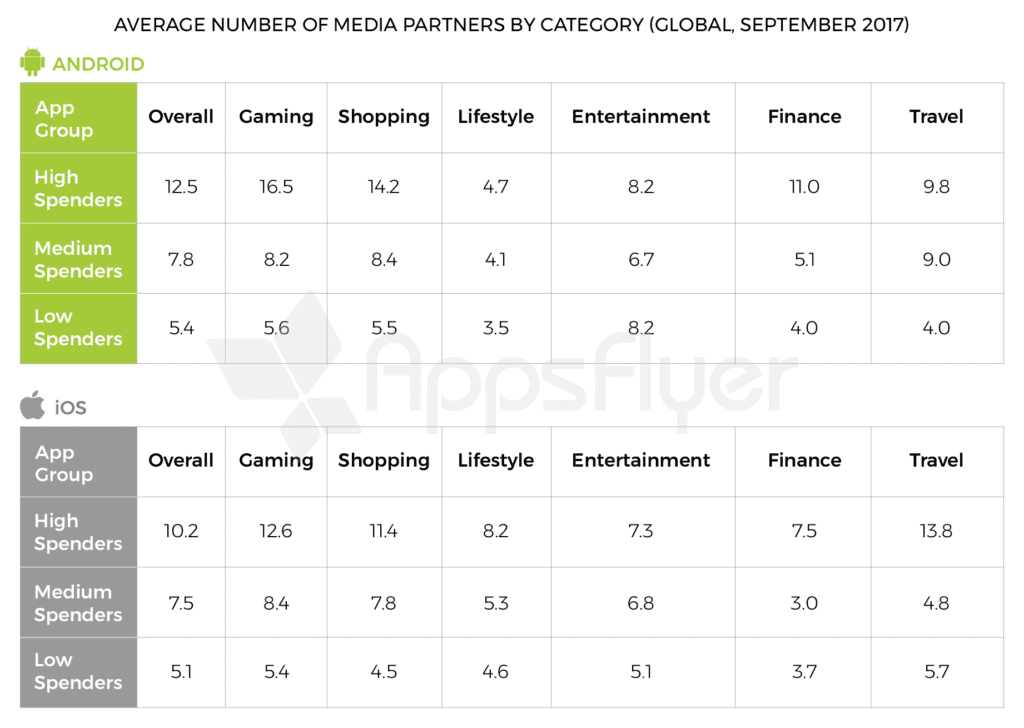
Questions to consider
- How many suppliers do I need – are you spreading your budget too thinly?
- What is the USP of the partner you’re working with?
- What is their policy on detecting ad fraud?
Buying strategy
There are a whole host of different buying metrics that allow you to achieve your business goal. This can include CPC (cost per click), CPI (cost per install), CPCV (cost per completed view) and CPA (cost per action).
CPA is usually associated to in app events and allows your suppliers to optimize further down the funnel. This can be very effective when optimizing towards a return on your media investment.
Depending on the media objective, blending different buying metrics could be very effective, the key is to test, test, test!
Ultimately the goal is to work backwards from LTV (lifetime value), understanding what levers to pull.
Questions to consider
- Does increasing your bid by 10% increase the value of the users by 10%?
- Does reducing your bid impact your scale?
- What channel drives the highest value users?
- What buying metric drives the highest LTV?
- What role does video have on your conversion path?
Creatives
Understanding the messaging and what is resonating with your audience is vital to any successful mobile marketing campaign.
Testing different headlines, copy, imagery is all an integral part to understand why users are downloading your app.
To help place a structure around your testing approach, here is a testing framework example.
Testing framework example:
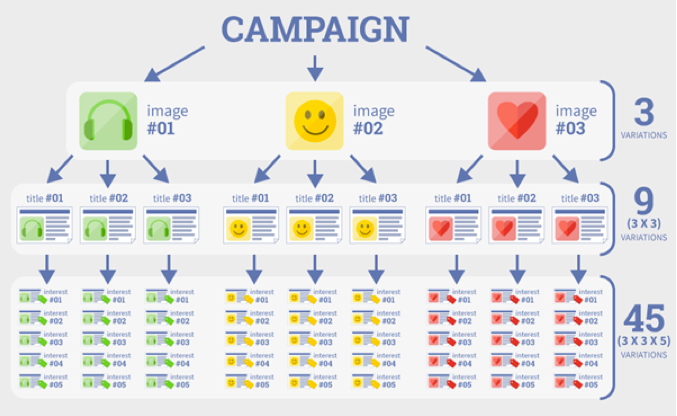
Questions to consider
- What creative is resonating with your audience?
- What messaging drives LTV?
- When developing your creative is there a clear call to action?
- How sophisticated and simple is your app?
- Would it benefit the business to educate the user and highlight a video before they download the app?
- Would you like to further pre-qualify your user by allowing them to demo the game before downloading the app?
Testing framework
Developing a testing roadmap is critical to your mobile marketing strategy. A testing framework enables you to test your hypothesis, learn from failures, adapt mediocracy and scale wins. A framework provides a holistic view of what tests are being considered and what you should be prioritising.
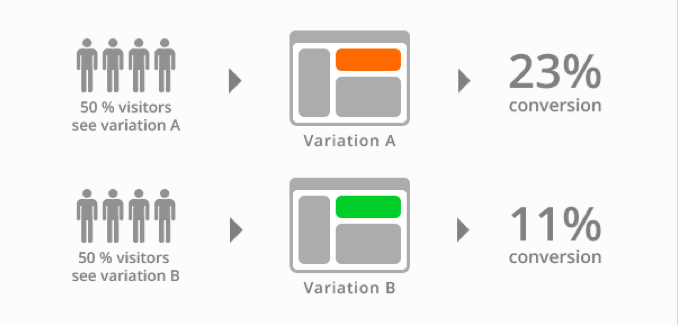
Focus and prioritize tests that provide the most actionable data points and don’t conduct a test for testing sake.
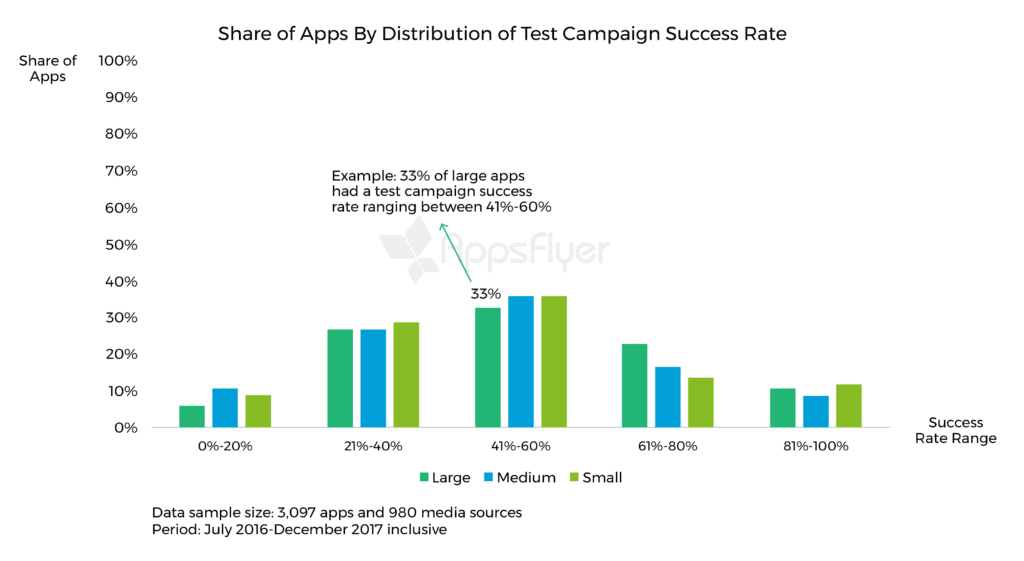
Questions to consider
- Why are you conducting this test?
- What you are expecting to learn from this test
- What are the next steps from the anticipated outcome?
- How much effort and resource is required to setup this test?
- How scaleable is this test?
Ad fraud
Mobile ad fraud continues to evolve in mobile and unfortunately fraudsters are getting smarter, more agile and using a variety of different techniques to manipulate attribution methodologies, steal authentic installs from organic sources or driving pure fake installs.
Introducing basic requirements to your partners is an absolute must, they could include the following:
- Don’t pay for installs in under 10 second installs
- Don’t pay for installs outside of geo area
- Include impression measurement for all activity Device ID required for all sub publisher sources
- Insist all networks provide full transparency on where they are buying your media
- Don’t pay for downloads by blacklisted apps
AppsFlyer has provided several case studies and white papers which go into far more detail on ad fraud, but make sure you have processes in place to review multiple data points and always challenge your partners to anything that doesn’t look right!
Questions to consider
- Are you confident with the tools your MMP have in place to minimize fraud?
- Has your partner provided confidence in their ability to minimize fraud?
- What data points are you reviewing to identify suspicious behaviour?
Conclusion
I hope this provides some direction to your mobile marketing strategy, whilst providing a good foundation for you and your team to build on.
For scaling brands there might be more focus on building brand equity or driving hyper growth, but for those just starting out, this document allows you to identify the key fundamentals to any mobile performance campaign.
Good luck!




